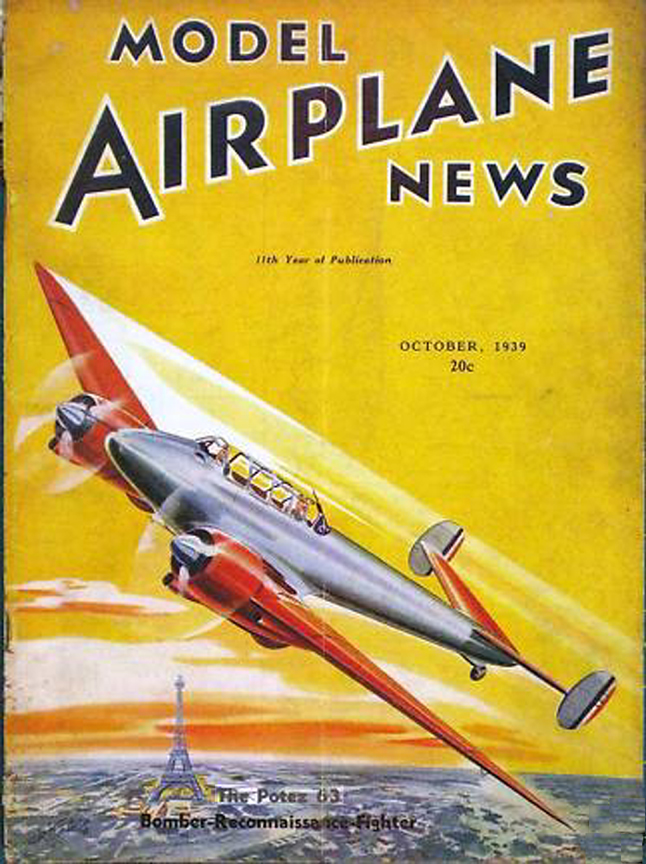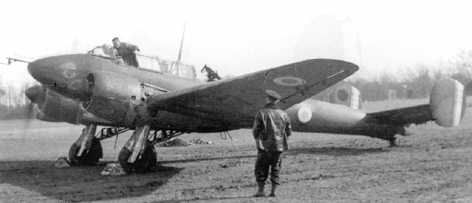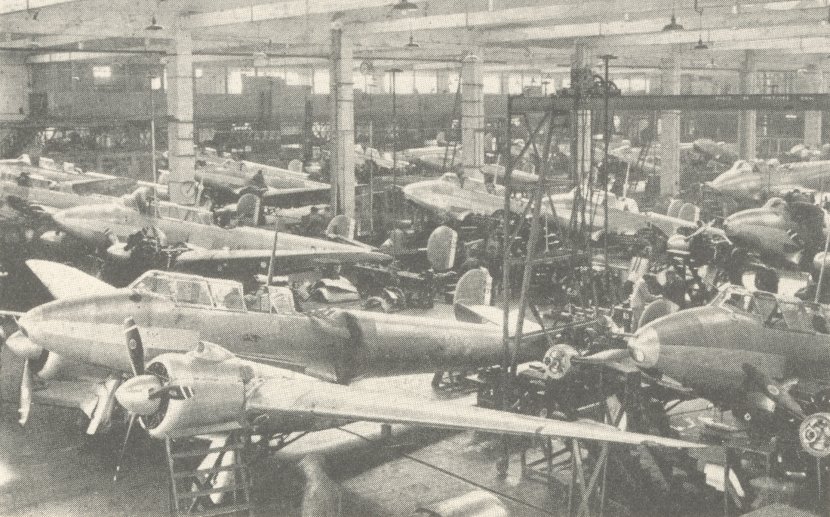Hauska ja lyhyt historiikki ranskalaisten omasta Bf 110 -versiosta,
le Potez...
Potez 630 and 631 (fighter variants) ‘Le Bf 110′
Had the Potez 630 and 631 fighters been able to avoid combat it would have been just another pre-war mediocrity hardly worthy of mention. Unfortunately for it and its crews it was committed to aerial combat against, amongst others, a
far superior aircraft that it just happened to uncannily resemble.
During the 1930s most of the world’s major air forces flirted with the idea of twin-engined ‘heavy’ fighters. These shared a common concept that a larger fighter aircraft could effectively escort bombers deep into enemy territory, making up for any deficiency in agility deriving from their size, when compared with opposing single-engined fighters, with heavier firepower and speed. Aircraft such as the Westland Whirlwind and Kawasaki Ki-45 Toryu were all variations on this theme. Sadly the concept was flawed, World War Two era twin engine fighters were never a match for their single engine counterparts as the debacle of the Messerschmitt Bf 110 in the Battle of Britain serves to demonstrate. The Messerschmitt was an excellent aircraft (its rate of climb was greater than that of the Spitfire for example) yet it was unable to survive against determined fighter opposition, ultimately needing to be supplied with a fighter escort even though it was supposed to
be an escort fighter. Imagine then how much worse it would have been if it hadn’t been such an excellent aircraft and
one has a reasonable idea of the hopelessness of the Potez 630.
The Potez 630 family was a diverse group of aircraft with pleasant flying characteristics comprising derivatives optimised for every conceivable role from Army co-operation to bombing, and in general it performed adequately if not spectacularly during the fighting over France and after. The fighter variant was, at least, well armed boasting two 20-mm cannon in a ventral gondola and
two fixed machine guns (one firing backwards!) plus a machine gun on a flexible mount for the second crewman. However it never had sufficiently powerful engines to propel it to a decent speed and
proved to be slower than many of the German bombers that it was supposed to be shooting down. Against modern fighters it had no chance at all. The afore-mentioned Messerschmitt 110 with an extra 750 hp on tap was a full 120 km/h faster and unfortunately for the Potez,
from most angles it looked very similar indeed to the German fighter. It is not known how many ‘friendly-fire’ incidents resulted in losses but there are
many documented instances. Pity the poor Potez pilot – strapped into an aircraft with inadequate performance, expected to
chase down bombers that he is unable to catch, and
shot at by friend and foe alike in invariably superior aircraft.
To be fair to the French, the limitations of the Potez as a fighter were well known by 1939 but the fact was (
in an annoyingly non-stereotypical act of engineering efficiency) it was
so well designed for mass production that it was available in great numbers immediately, plus it was very cheap: despite being a fairly large twin-engined aircraft the Potez 630 could be built in fewer man-hours and for less money than a Morane-Saulnier 406, the commonest French single-engine fighter in 1940 (and also not that great a combat aircraft). Ultimately even the standard escape route for inadequate twin-engined fighters, night-fighting, provided no solace for the Potez. In the
absence of any kind of guidance system the best it could do was fly around at night hoping to blunder into an enemy aircraft and it is fair to say that its service as a night fighter was effectively irrelevant. At least it was nice to fly and the three examples that somehow contrived to survive the conflict were used postwar as trainers for the reconstituted Armee de l’Air.
https://hushkit.net/category/aviation/top-tens/
"The Ten Worst French Aircraft"




